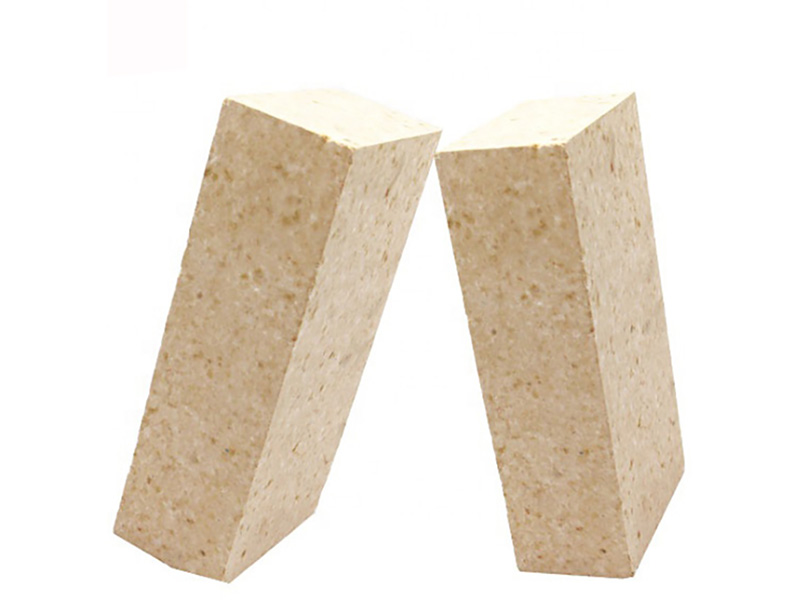News detail
Selection of refractory materials for cement rotary kiln calciner
At present, most decomposition furnaces use anti-stripping high-alumina bricks as kiln linings. High-alumina castables are used for casting construction at the necking and gooseneck positions.

As a key equipment in cement production, the high temperature, complex chemical environment, and material erosion and wear of the cement rotary kiln decomposition furnace have strict requirements on the performance of refractory materials.
From the temperature point of view, the temperature in the decomposition furnace is usually around 800-1000℃, and there is a certain temperature fluctuation. Therefore, the selected refractory materials should have good high temperature resistance and thermal shock stability to prevent cracks and spalling caused by temperature changes. For example, high-alumina refractory materials have a high alumina content and a refractoriness of more than 1770℃. They can better withstand the high temperature environment in the decomposition furnace and maintain good structural integrity when the temperature fluctuates.

Chemical erosion is another important factor. Cement raw materials will release gases such as carbon dioxide and sulfur dioxide during the decomposition process, and also contain a certain amount of alkali metal oxides and other components. These substances will react chemically with the refractory materials and reduce their service life. Magnesium-aluminum spinel refractory materials with strong corrosion resistance are a good choice. They have good resistance to alkaline substances, can effectively reduce the damage caused by chemical erosion, and ensure the normal operation of the decomposition furnace.
In terms of wear resistance, since the materials are in a fluidized or suspended state in the decomposition furnace and continuously wash the furnace wall, the refractory materials need to have higher strength and hardness. Silicon carbide refractory materials have high hardness and good wear resistance. They can maintain a good surface morphology under the long-term washing of materials, reduce the thickness reduction and structural damage caused by wear, thereby maintaining the thermal insulation and heat preservation performance of the decomposition furnace, reducing heat loss, improving energy utilization efficiency, and ensuring the stable, efficient and economical operation of the cement production process.
In order to solve the problem of crusting caused by the combination of materials and dust in the kiln tail, preheater and decomposition furnace, it is necessary to use anti-scaling castables in the kiln tail smoke chamber and the attached down pipe where crusting is easy to form. Anti-scaling castables are made by adding a certain amount of silicon carbide to the castable to prevent skinning. Silicon carbide has the characteristics of high hardness, small wetting angle and strong corrosion resistance. Various types of sulfur, chlorine and alkali salts and their symbionts are difficult to penetrate into the interior and stick to it. Even if the kiln skin sticks to it, it can be easily cleaned.


Send inquiry
Please Leave your message you want to know! We will respond to your inquiry within 24 hours!